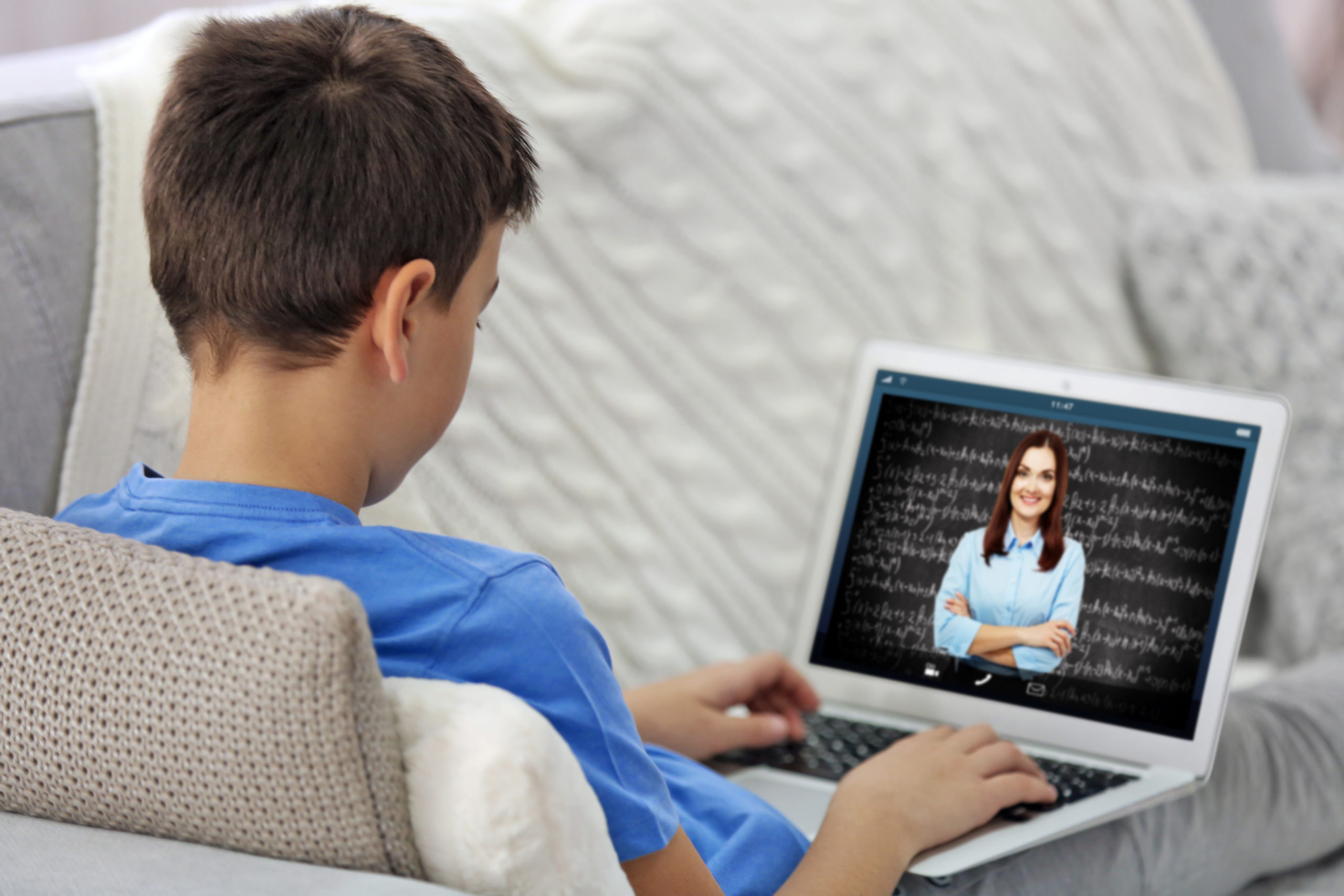“The number one antidote to fear is preparation.” ― Don Hutson
While the threat of a pandemic is certainly a timely reason for every school to consider options for distance learning, having this capability is key to building resilience for schools in general. Whether for entire schools, as in the case of weather or health-related closures, or to support individual students who must be away from school for medical or other reasons, having an option for students to study from home is fast becoming a necessity for school systems.
The worldwide spread of the COVID-19 virus has many school districts looking for ways to prepare for potential school closures and/or having significant numbers of students away from school during periods of illness or quarantine.
Having the right tools is essential
Fortunately Skooler’s learning tools, which are fully integrated with Office 365, are designed with many features that support the needs of both students and teachers to engage successfully in a distance learning program.
- Skooler messages help teachers and school administration stay connected with parents for in-the-moment information. Via message or individual chat, teachers can send first-hand information to parents.
- Microsoft Teams creates an online classroom environment using online meetings and other remote collaboration and communication tools. It’s a great way for teachers to record and upload lectures for students to watch on their own time or to provide real-time lectures via live streaming. Teams also facilitates small group discussion via videoconferencing. The chat function helps students who are required to be away from school to maintain more of a connection with their peers and feel like a vital part of the team.
- Skooler and Teams together is a powerful combination in education, with all Skooler features available within Teams. Skooler learning tools such as lesson plans, calendar, individualized education plans (IEP), assignments, standards, parent engagement and more allows for a full Skooler experience in Microsoft Teams.
- Skooler assignment tool makes it easy to create, view and manage assignments in Teams. You can add on advanced assignment capabilities and add features such as self-assessment, peer review, learning goals, links to resources, attachments, rubrics, plagiarism checker and quiz. You can create group assignments and give voice feedback from teachers/students. For grading you can create category and weighting with multiple and localized scoring formats.
- SkoolerKudos can go a long way to building a student’s self-esteem. Being at home means students have fewer direct opportunities to interact with teachers and receive acknowledgement and kudos in the moment. SkoolerKudos provides teachers with a way to give students kudos when they achieve a goal, and this little gesture can be especially important when teaching remotely.
- OneNote helps teachers tag content and share materials with students, colleagues and parents. Teachers can use the digital whiteboard feature to play audio and display video files which can be stored and accessed by students. In addition, students and teachers can add digital assets, such as web pages or videos from YouTube, to support their work. Content library in OneNote lets students store all of their electronic documents in one location, and teachers can create individual libraries to store lessons plans and all supporting materials.
Things to consider to prepare for distance education:
- Teacher preparation. Teaching remotely via video is a very different experience than teaching in a classroom. Providing basic training for teachers on how to record and give lessons effectively via recorded and live video will help ensure that the educational experience is as close as possible to being at school.
- Access to technology. One requirement for distance education is ensuring that every student has access to digital devices in order to be able to complete their work. Schools and/or school districts can best prepare by knowing the digital status of their students (i.e. how many students do not have access to laptops, tablets or internet access at home) and investing in devices that can be used with cellular data, if needed, and checked-out by students who need them.*
- Flipped classroom models. Schools that have invested in flipped classroom models for education will find the ability to shift to totally remote learning a bit easier. Lectures and lessons are already pre-recorded and live videoconferencing provides a substitute for in-class discussion.
- Learn from the pros. When it comes to virtual and distance learning, rural school districts are often ahead of their urban counterparts. Because they don’t always have access to teachers and resources, particularly for specialized areas like STEM subjects, rural districts have been building out virtual learning capabilities in order to better serve their students, as noted in our blog, 5 Things City and Suburban School Districts Can Learn from their Rural Counterparts (and how EdTech will help you get there…).
Is your school preparing for emergency situations, like potential COVID-19 virus school closures, through distance learning? Please share with our community.
* While paying for devices and data access is not an inexpensive proposition, and may be a challenge for many school districts, states of emergency that require students to stay home may also prohibit them from using public internet at libraries and other locations, so advocating for additional funding for such services for schools must be prioritized
